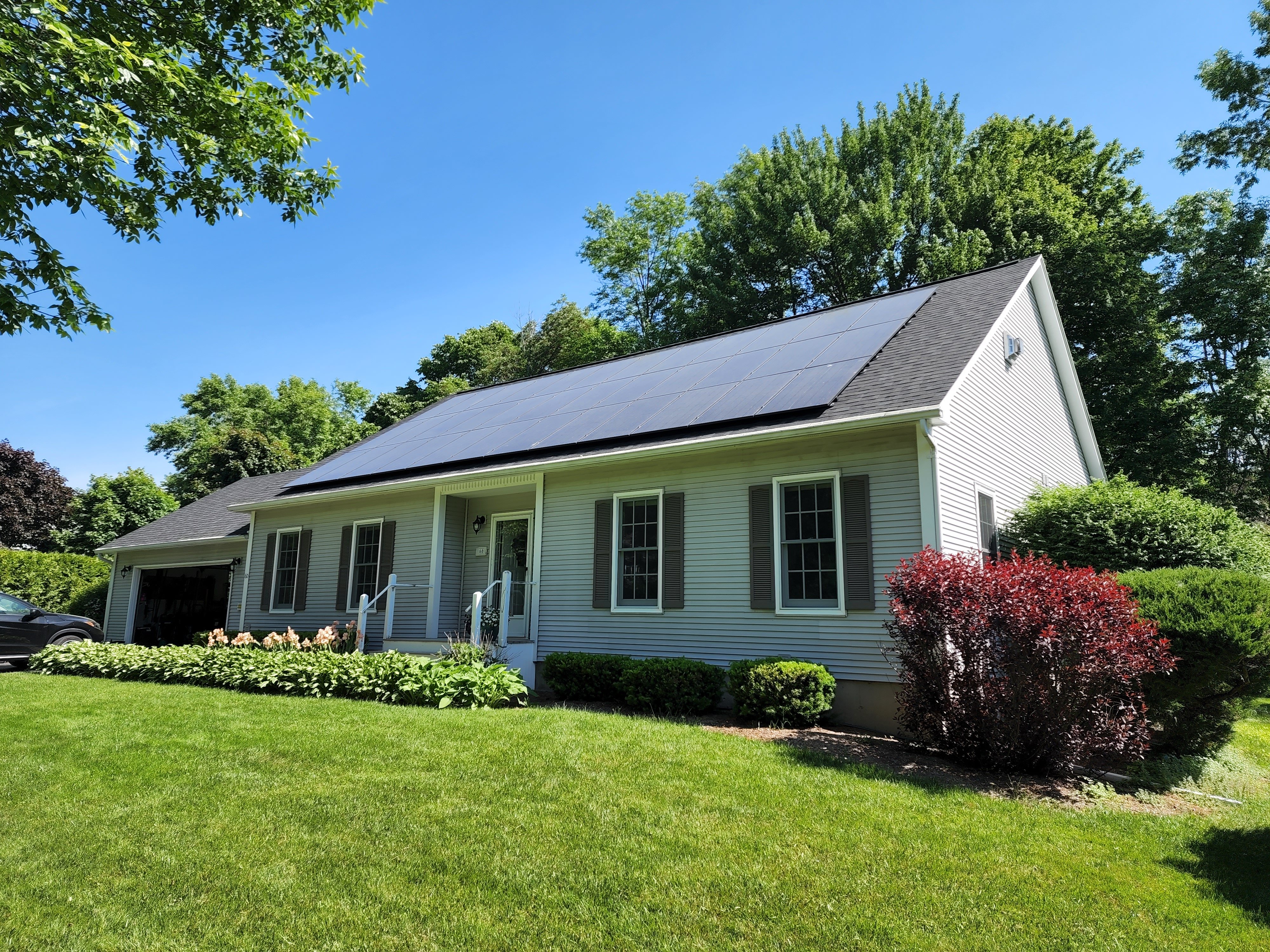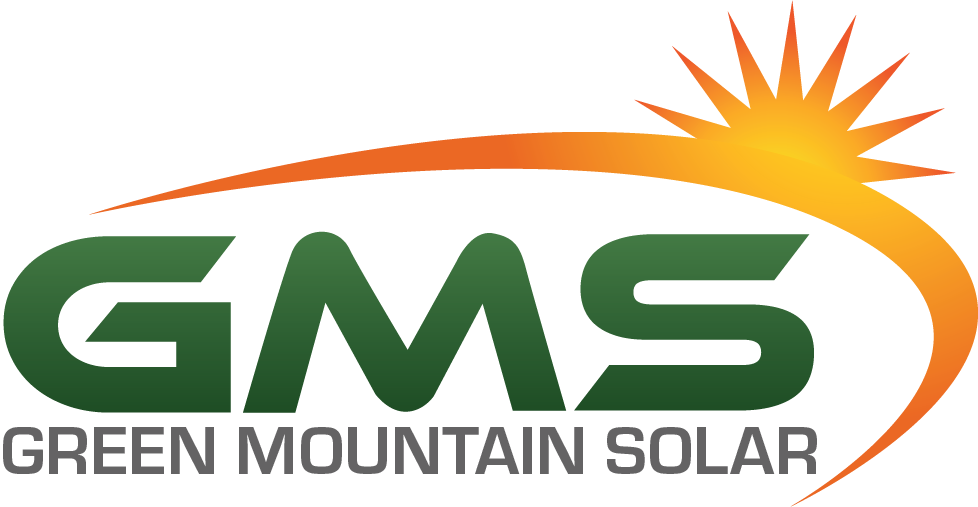We hear this claim all the time: Get a solar loan payment that’s less than your electric bill. Sound too good to be true? Often it is. Our solar advisor explains what to pay attention to if you hear these claims.
 The biggest downside of solar used to be the huge up-front cost. Fortunately, solar technology isn’t the only aspect of solar that’s improved over the years—lending options have also caught up with the times. Now, you have options to make solar accessible—but that also means finding the option that’s right for you.
The biggest downside of solar used to be the huge up-front cost. Fortunately, solar technology isn’t the only aspect of solar that’s improved over the years—lending options have also caught up with the times. Now, you have options to make solar accessible—but that also means finding the option that’s right for you.
Shannon Jackson, solar advisor at Green Mountain Solar walks us through different things to think about.
How Much Is My Solar Loan Payment Going to Be?
“Solar that costs less than your electric bill?” Shannon says, quoting solar ads he’s heard. “Yeah, those are great headlines but it’s almost never true.”
Shannon points out that the monthly payment of a solar loan is commonly higher than your average electric bill. “We don't over-promise and under-sell,” he says. “We almost do the opposite. I'd rather go out there and make sure people know that there could be a cost with the utility when they come out and put your utility meter back on; there's the possibility of ledge hits or different things like that. We really tried to take an educational approach so people will have all the numbers in front of them and then can make their personal system because going solar is a big decision.”
There can be a bit of confusion when this comes up: Wait a minute, my average monthly payment is going to be $15 or $20 higher than my electric bill? While it’s not uncommon to see this, Shannon says that most customers see that the overall long-term value is greater than this price difference.
Insulate Yourself from Rate Hikes with Solar
Why is a solar loan worth it, even if it’s higher than your electric bill payment? Here’s an important distinction: That loan payment may be higher than your electric bill—today. But what about five, ten, fifteen years down the line? That’s a different story.
“Utility costs continuously go up—historically on average 2.5% every year,” Shannon explains. “You essentially lock in today’s rate by producing your home's energy, and you're not going to be as affected by future increases.”
Electric rates will go up, but your loan payment will always stay the same, and the vast majority of people find that, in the long run, they come out ahead.
“Last October, I saw a rate hike of 4.65% with my utility. That was a huge hit for people. And we’re about to go up and up to 2.65% more, and there could very well could do another hike in the fall. But I’m very excited because I have solar so I know that I'm not going to be as affected by that,” Shannon adds.
Budget Your Finances
Another upside: Fewer surprises. The best way to save money is to track and budget your spending, but seasonal swings and unpredictable electric bills can pose a challenge on this front. Not with solar. Over the course of the whole year, the net metering credits your accumulate during peak sunny days will offset your electric usage. So instead of bills that fluctuate whether you’re using a heat pump or an air conditioner, you just have one, fixed payment.
So Where Do These Low Payment Claims Come From?
If you hear “low monthly solar payments,” consider these factors:
Solar Leases: It’s less expensive to lease versus buy your solar, so it makes sense that the monthly payment is likely cheaper. But there’s no such thing as a free lunch. “The leases are one of the worst investments you can make,” Shannon says. “You're not investing in your home. You're not owning this system.”
The trickiest part of a lease: they often come with annual escalator fees. “Sometimes those escalator fees can be higher than the electrical rate hike of 2.5% that we see.” Translation: Over the life of your lease term, you could end up spending more with a lease than if you hadn’t gone solar in the first place.
High Buy-Downs: Other financing companies may be able to provide a low monthly payment by sacrificing other terms. In particular, the buydown. A buydown is like buying points on your mortgage. It’s based on a net present value calculation: It’s how much you’d pay over the course of your loan in interest, and you pay it today instead of spreading it out.
This is a bit of a double-edged sword. On one hand, you get low monthly payments, and you can claim the Investment Tax Credit on this portion of your purchase. On the other hand, you lock in how much interest you’re going to pay—even if your circumstances change.
For instance, if you sell your house and pay off your solar loan early, you can’t get that future interest (that you’ve paid for in advance) back. And it means you have a much higher up-front cost.
Buydowns can be more than 20% of the project cost. Is a loan with a high buydown bad? Not necessarily, but you do want to read the details to make sure you’re committing to the loan that’s right for you.
Bottom Line: Just like solar isn’t one-size-fits-all, neither is solar financing. If a claim sounds too broad and too good to be true, do your homework.
--Julia Westbrook

Leave a Comment